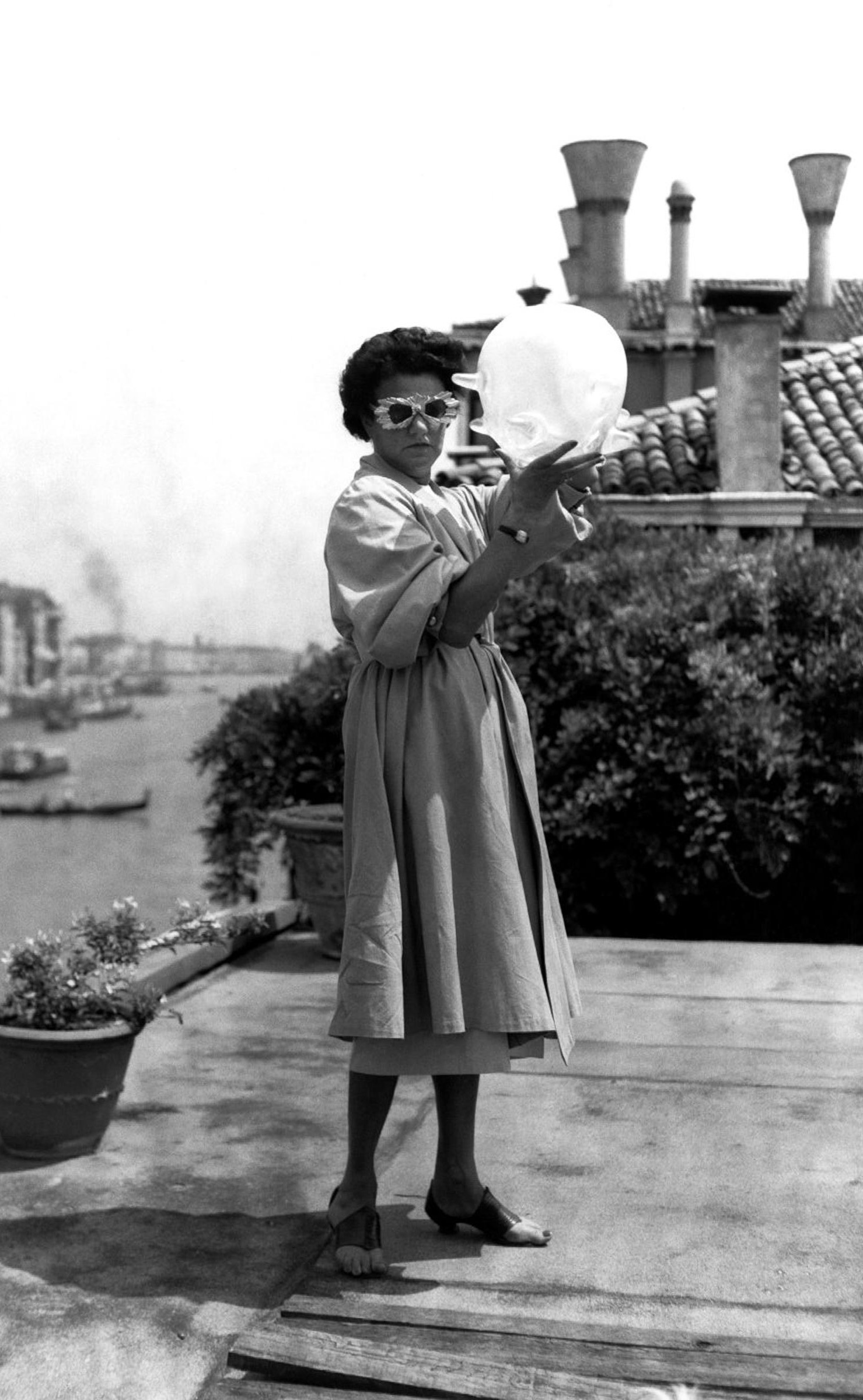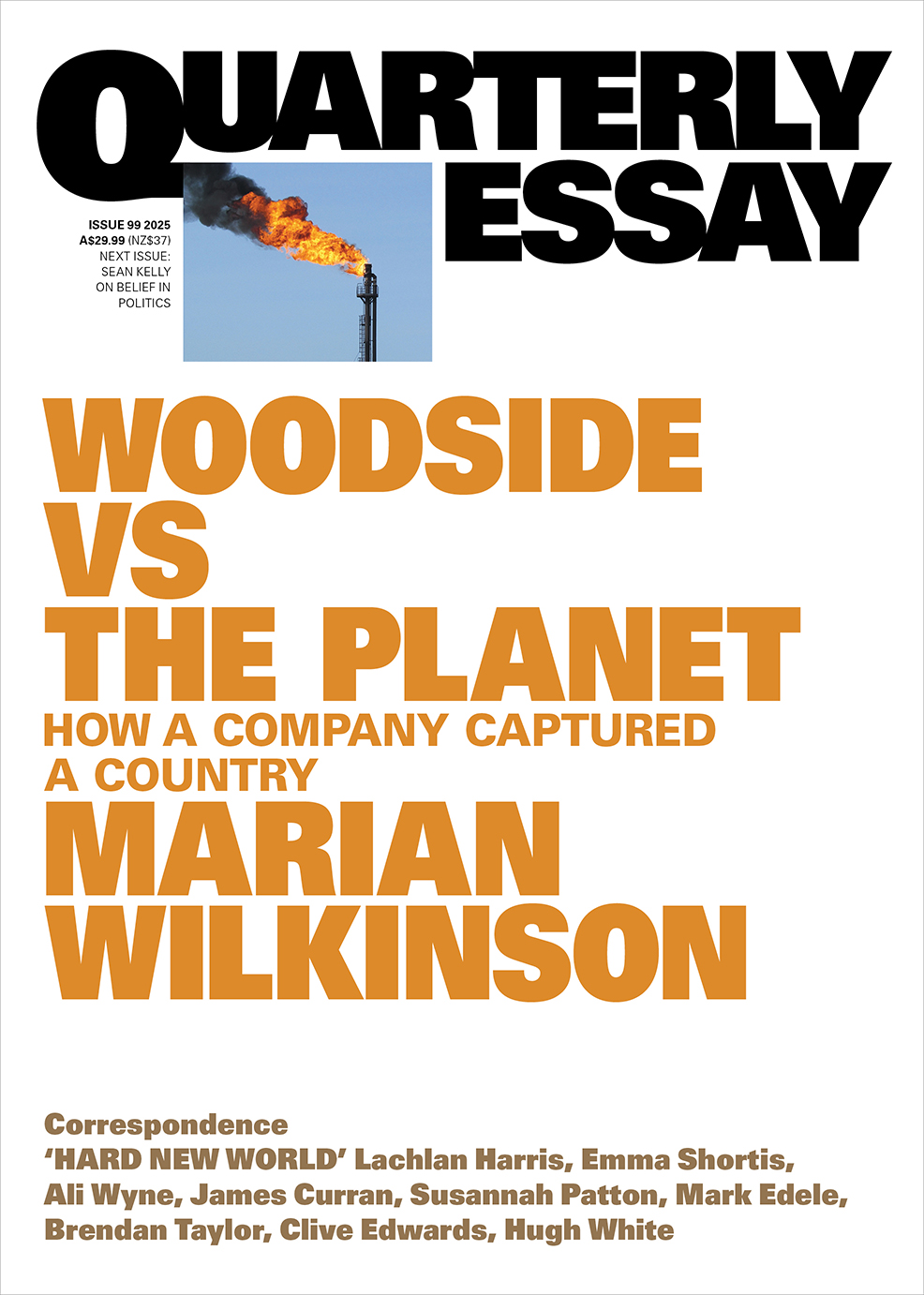James Bennett reviews 'Normality: A critical genealogy' by Peter Cryle and Elizabeth Stephens
The word ‘normal’ and its derivatives permeate our language, but what exactly does the term mean? It is entrenched in contemporary medical discourse (normal blood pressure, normal heart rate, normal body temperature, normal blood sugar levels), shows up in statistics (normal distribution curve), in geometry (normal lines) and even in chemistry as a measurement term. There were once even normal schools – teacher training colleges – originating from the French tradition of the école normale. These definitions of the term (essentially medical or mathematical) are a long way from popular contemporary usage – a vague and highly contested concept that often rests on the notion of mental and emotional order in the individual. A critical genealogy of the normal over time also involves a close analysis of a range of cognate terms including ‘average’, ‘typical’, ‘regular’, ‘standard’, and ‘ideal’ in all their ambiguity, contestability, and even incompatibility.
Continue reading for only $10 per month. Subscribe and gain full access to Australian Book Review. Already a subscriber? Sign in. If you need assistance, feel free to contact us.











Leave a comment
If you are an ABR subscriber, you will need to sign in to post a comment.
If you have forgotten your sign in details, or if you receive an error message when trying to submit your comment, please email your comment (and the name of the article to which it relates) to ABR Comments. We will review your comment and, subject to approval, we will post it under your name.
Please note that all comments must be approved by ABR and comply with our Terms & Conditions.